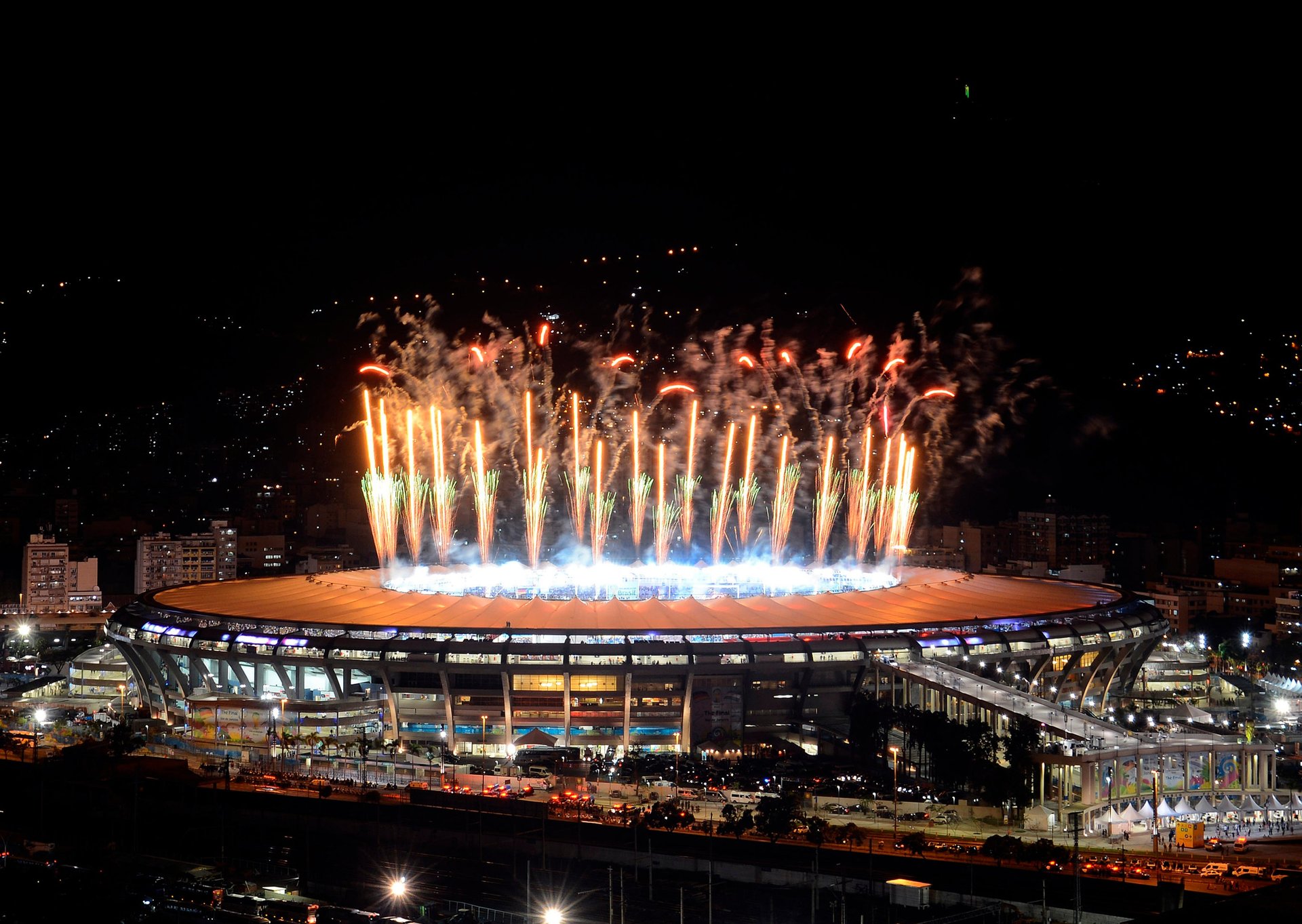4 longshot sports business predictions for 2015
In 2014 sports felt more global than ever before. The soccer World Cup in Brazil broke all sorts of records, the NFL took up a longer residency in London and 61,000 people paid to watch a rugby match in Chicago. This is a trend that will continue in 2015, as more teams cotton on to the potential value of their brand. What clubs do with their businesses off the field will only grow in importance and visibility this year. You can bet that European soccer teams will again pop up in Asia and the US (and increasingly the Middle East), US basketball and football teams will return to Europe and Formula 1 will attempt to go just about everywhere.


In 2014 sports felt more global than ever before. The soccer World Cup in Brazil broke all sorts of records, the NFL took up a longer residency in London and 61,000 people paid to watch a rugby match in Chicago. This is a trend that will continue in 2015, as more teams cotton on to the potential value of their brand. What clubs do with their businesses off the field will only grow in importance and visibility this year. You can bet that European soccer teams will again pop up in Asia and the US (and increasingly the Middle East), US basketball and football teams will return to Europe and Formula 1 will attempt to go just about everywhere.
The expansion of established sports brands to new and developing markets is a one-way bet. But here are some longer shots for trends that will emerge in the business of sport in 2015:
Governments’ indifference to hosting major sporting events will harden.
The 2014 World Cup undoubtedly put Brazil in the spotlight, and there was a pleasing symmetry to football returning to its adopted home. But little that happened off the field will have persuaded governments of the virtues of hosting an international sports tournament, as millions protested against corruption, the exorbitant cost of playing host and poor public services. The choices of Russia and Qatar as the hosts of the 2018 and 2022 tournaments suggested that the selection processes do not always reward the meritorious. Soon after the Norwegian government withdrew its bid to host the 2022 Winter Olympics, the International Olympic Committee announced a 40-point package of reforms, designed to make the bidding process for both sets of Games easier and the selection of events more flexible. Nevertheless, many governments will wish to see democratic and fiscally responsible administrations host tournaments successfully before they throw their hats back into the ring.
Sponsorships will become more creative.
Sport sponsorships have come a long way since Liverpool FC first caused outrage by splashing Hitachi’s logo across their shirts in 1979. Even those that were initially resistant have since sought to maximise their revenue: FC Barcelona, whose red and blue stripes were unadorned until 2006, now carry sponsors’ logos on their sleeves and even inside their shirts. With kits and stadiums reaching sponsor saturation, new solutions are needed. We could see more of the creative advertising used by Sony, who chose to advertise its 4K HD TV on the bottoms of Arsenal’s Olivier Giroud’s shoes. The gimmick, of course, being that only those with such a high-spec model could detect this sort of ‘microtising’.
Hyperinflation in broadcasting rights deals continues.
The cost of sports broadcasting rights has grown exponentially in the past two decades. There is no better example than the domestic rights to the English Premier League. For the inaugural 1992-93 season, the league earned £38m from BSkyB for rights to 66 live matches, or about £580,000 a pop. Its current deal, where rights are split with a new competitor, BT, cost Sky £760m for 116 games, or £6.6m a match. The rights for 2016-19 will be up for grabs through secret bids in early 2015. Sky cannot afford to lose many more games to BT, which outbid Sky and a terrestrial broadcaster, ITV, for Champions League coverage in 2013. This competition will ensure that the price rises again, to the benefit of clubs and players. And this isn’t a UK-only story. The NBA renewed its broadcasting deals with ESPN and Turner in October, and scored a rise of 180% in its revenue.
Women’s sport steps out of the shadows.
It’s about time. The Women’s World Cup in soccer kicks off in Canada in June and will comfortably be the biggest ever tournament of its type. The number of teams is up from 16 to 24, and includes four former winners: Japan, Norway, Germany and the US. There are also eight teams from four different confederations making their debuts, suggesting that the sport is becoming more competitive around the world. The only fly in the ointment is the use of artificial turf throughout the tournament, a surface that has been linked to a higher number of injuries, especially ‘turf burn.’ A group of 60 participating players have a lawsuit pending with the Canadian Soccer Administration and FIFA on the grounds of gender discrimination. So far the authorities have refused to budge, knowing that players are unlikely to sacrifice a wonderful opportunity. It would be a shame if what promises to be a watershed event is compromised by something as simple as the ground beneath their feet.